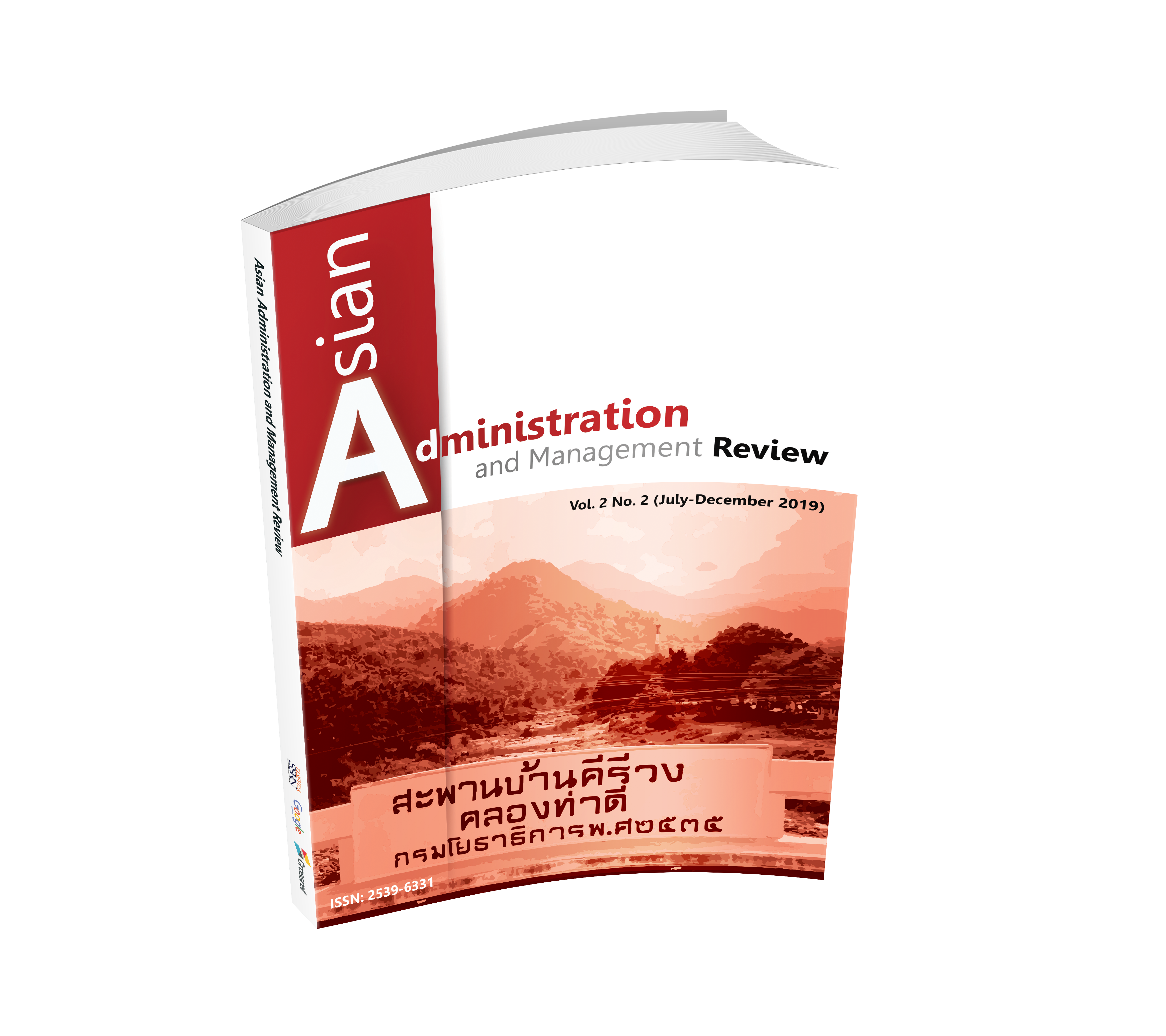Development of Elementary School Administration Strategies to Encourage Community Participation for Student-Centered Education
Keywords:
Strategy of School Administration, Community Participation, Student-Centered EducationAbstract
This research aimed to study the current conditions and desirable conditions in elementary school administration to encourage community participation for student-centered education, and to develop strategy of elementary school administration to encourage community participation for student-centered education. The sample consisted of 390 school administrators, 3 9 0 teachers, and 3 9 0 community representatives. The research instrument was rating scale questionnaire. The statistics were comprised of frequency, mean, standard deviation, Priority Needs Index (PNImodified), and context analysis. Subsequently, researcher created strategy by using SWOT analysis techniques, for analyzing elementary school administration to encourage community participation for student-centered education, applied the analysis results to create a draft strategy, and examined the strategy by organizing a group discussion of experts. The major findings revealed that the current conditions and desirable conditions in elementary school administration to encourage community participation for student-centered education were at a high level in an overview. The participation in operations has the highest mean. The second highest mean was the participation in the evaluation. The lowest mean was the participation in receiving benefits. In an overview, the desirable conditions in elementary school administration to encourage community participation for student-centered education were at the highest level. The participation in operations has the highest mean. The second highest mean was the participation in receiving benefits. The lowest mean was the participation in decision-making. The elementary school administration to encourage community participation for student-centered education consisted of 4 main strategies, 1 0 secondary strategies, and 3 0 methods of operation. Main strategies consisted of 1 ) the participation in decision-making for readiness, 2 ) the appropriate responsible person and systematic implementation, 3 ) the share success, equally and thoroughly by internal and external dimensions, and 4 ) a network creation of qualified assessors.
Downloads












.png)


